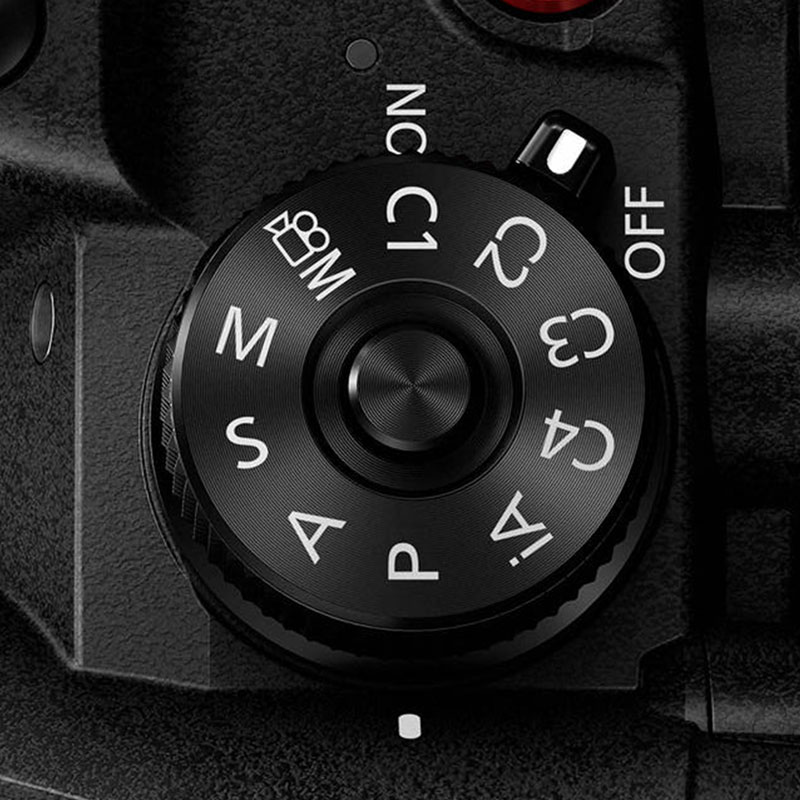Thought for the Day: In all of my blog posts, I am not asking you to change anything you’re currently doing with your photography. My goal in writing all of these posts is to provide information that you can choose to use—or not. This is not a ‘my way or the highway’ blog.”
Today’s Post by Joe Farace
“Black and white is abstract; color is not. Looking at a black and white photograph, you are already looking at a strange world,” – Joel Sternfeld
When capturing monochrome infrared images, the near white reproduction of green chlorophyll in some vegetation produces black-and-white photographs that are rendered as if they were glowing, moonlit or immersed in extraterrestrial light. As you can see in the featured image, it also does marvelous things for the most dramatic Colorado skies.

How I made this photo: You may already know about by my ongoing personal assignment to photograph barns in rural Colorado. In this case, Mary and I were driving past this particular barn when, before moving to Daisy Hill, we were looking at houses in Erie, Colorado. This image was made with my first Infrared converted camera, a Canon EOS 30D that was converted to infrared by a company no longer in business with their Standard IR filter (720nm.) The lens used was the Tamron AF 11-18mm f/4.5-5.6 Di-II SP LD Aspherical at 11mm that I was fond of but for some reason sold. I blame it on temporary insanity. The exposure was 1/125 sec at f/16 and ISO 800. The RAW file was processed in Silver Efex using their High Structure (harsh) preset. A layer of PhotoKit’s Platinum toning was added at 75% opacity to slightly warm up the photograph’s tones.
The Infrared Process
When made with IR color film, like Kodak’s no longer produced Ektachrome Infrared, IR photographs can have a fairy-tale look rendering infrared-reflecting plants in orange to purple-red tones. In black and white IR photography—film or digital—the results can sometimes be difficult to predict, making them ideal for experimentation and open to the kind of surprises photographers who are in their first phase of development always experience. In short, it’s an easy way to kick-start your creativity.
One problem with determining exposure for infrared photography is that while two subjects may appear equally bright under normal (visible) light, they might reflect infrared radiation at different rates producing different IR levels of brightness. The exposure meters that are built into cameras (and even most hand held ones) are not sensitive to infrared light. That means it can be challenging to calculate exact exposures for infrared capture but that doesn’t mean you can’t try. Here’s a few suggestions:
 Start by using your camera’s built in meter. I typically shoot in infrared using the camera’s Av model, selecting an aperture that produces lots of depth-of-field. You may prefer less depth-of-field; if so, that’s your call.
Start by using your camera’s built in meter. I typically shoot in infrared using the camera’s Av model, selecting an aperture that produces lots of depth-of-field. You may prefer less depth-of-field; if so, that’s your call.
It’s a good idea to bracket these infrared shots using a series of three to five different exposures. Most DLSRs and mirrorless cameras have an auto-bracketing feature or you can use their Exposure Compensation control to adjust exposures at one-half or one-third stops in any of the available exposure modes. If all else fails and you’ll know that right away by looking at your LCD screen, switch to manual mode.
No matter which way you approach this process, use your camera’s LCD screen for instant feedback but be aware that sometimes it can be brighter or dimmer than the image you actually capture. That’s just another reason why I like to shoot in RAW+JPEG mode with the camera set in Monochrome mode so the JPEG file displayed on the screen (more or less) provides a preview of what an monochrome infrared image will look like,
Another Method with an IR-Converted Camera: In Program mode, I look through the lens and see what the suggested exposure is, then I switch to Manual mode and transfer that shutter speed and aperture to the camera. Now I’m free to change shutter speeds or apertures to manually bracket exposures. For some expanded tips on this subject, please check out my post Calculate Exposure for Infrared Landscapes when you have time. There are many other posts covering this subject in various depths of detail, one tidbit at a time. You can use the blog’s Search function (magnifying glass icon) to find them.
